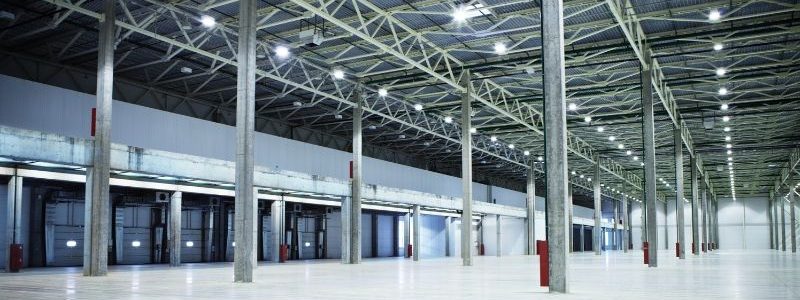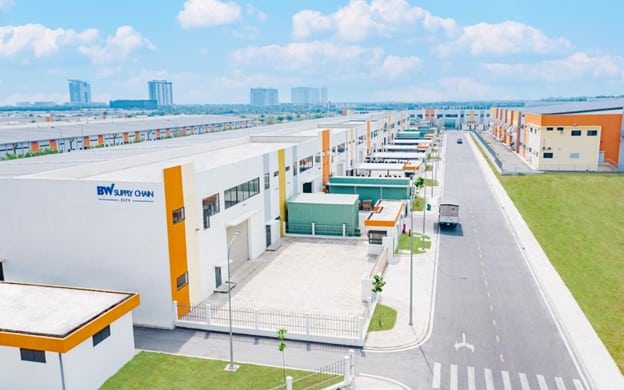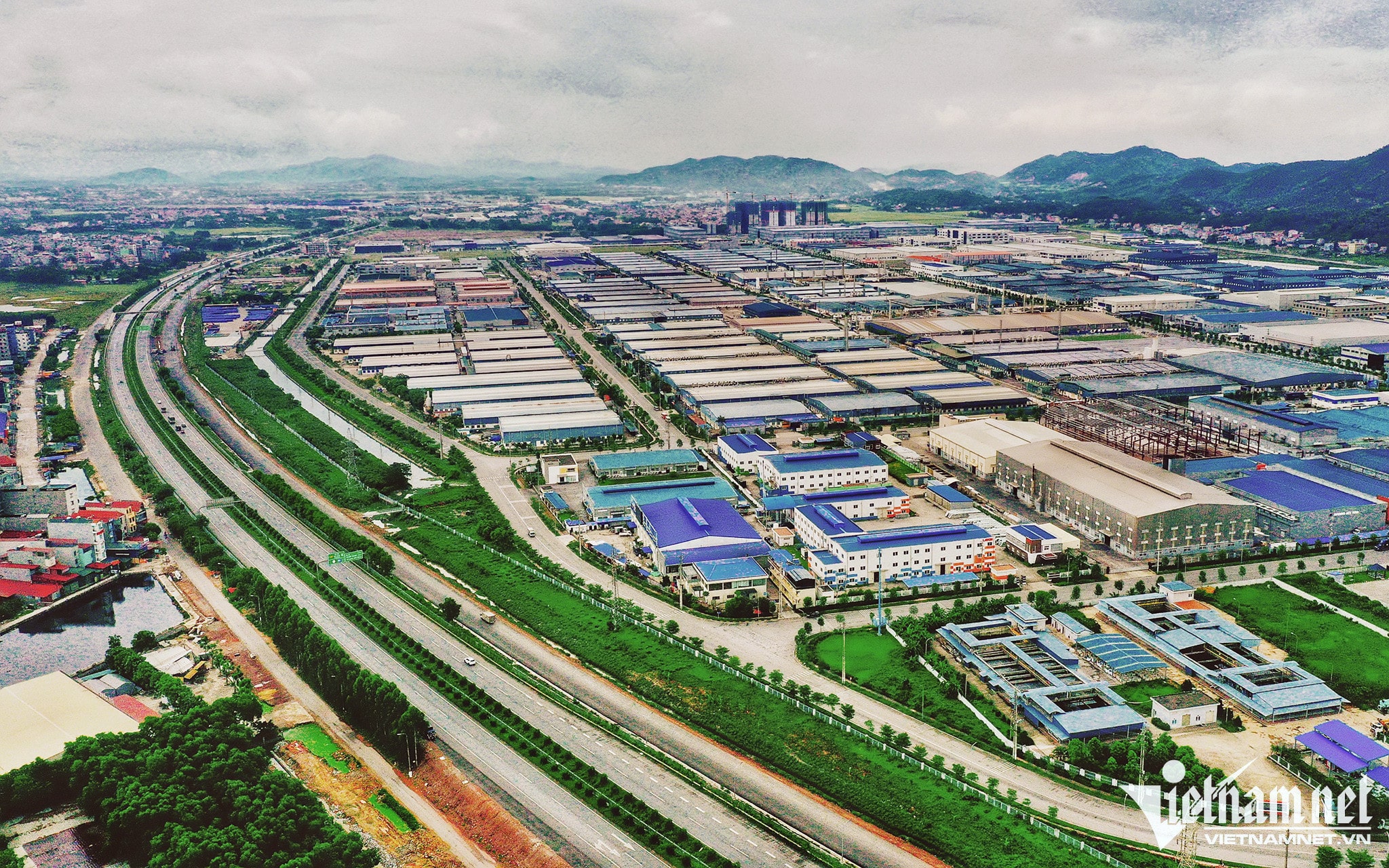Embarking on the journey of leasing a warehouse in Vietnam requires more than just an understanding of square footage; it demands a comprehensive grasp of the intricate dynamics that shape warehouse lease prices. In our guide, we delve into the significance of comprehending warehouse lease prices in Vietnam and provide an insightful overview of the myriad factors that influence these rates.
As the heartbeat of logistics and supply chain operations, warehouses are pivotal to business success, making a nuanced understanding of lease prices imperative for strategic decision-making. Join us on this exploration, where we unravel the complexities, decode the variables, and equip you with the knowledge needed to navigate the warehouse leasing landscape in Vietnam.
Factors Affecting Warehouse Lease Prices in Vietnam
Leasing a warehouse in Vietnam involves a multifaceted evaluation of factors that collectively determine the lease prices. Understanding the intricacies of these elements is essential for businesses seeking to make informed decisions and optimize their operational costs. Here is a detailed exploration of the key factors influencing warehouse lease prices in Vietnam:
Location-Specific Considerations
The geographic location of a warehouse plays a pivotal role in determining its lease price. Proximity to major transportation hubs, highways, ports, and urban centers significantly impacts pricing. Warehouses strategically positioned for efficient transportation and distribution enjoy higher demand, often leading to a premium in lease rates. Additionally, the local business environment, accessibility, and proximity to suppliers or manufacturers are crucial considerations.
Warehouse Size and Specifications
The size and specifications of a warehouse are fundamental determinants of lease prices. Larger warehouses with expansive storage capacities generally command higher rates due to their ability to accommodate substantial inventory. Specialized features, such as temperature-controlled environments, advanced security systems, and modern amenities, can also influence pricing. Businesses must align their storage needs with the available warehouse size and specifications to optimize cost-effectiveness.
Market Demand and Supply Dynamics
The principles of supply and demand exert a direct influence on warehouse lease prices. In regions experiencing high industrial activity and a surge in demand for storage space, lease prices tend to rise. Conversely, in areas with an oversupply of warehouses, prices may be more competitive. Monitoring market trends and understanding the demand-supply balance is essential for businesses to negotiate favorable lease agreements.
Economic and Industrial Trends in Vietnam
The broader economic and industrial landscape of Vietnam significantly impacts warehouse lease prices. Economic growth, industrial expansion, and sector-specific trends contribute to fluctuations in demand for warehouse spaces. In times of robust economic activity and increased industrialization, lease prices may experience an upward trajectory. Conversely, economic downturns or shifts in industrial focus can influence prices in the opposite direction.

Additionally, factors such as government policies, trade agreements, and global economic conditions can have ripple effects on the industrial sector, indirectly affecting warehouse lease rates.
Types of Warehouse Lease Agreements
Rent a warehouse space involves making critical decisions regarding the type of lease agreement that best aligns with your business objectives and operational needs. Understanding the nuances of various lease options is paramount. Here, we explore three key types of warehouse lease agreements:
Short-Term vs. Long-Term Leases:
– Short-Term Leases: Ideal for businesses with fluctuating storage needs or those testing the waters in a new market, short-term leases typically span a duration of one to three years. These agreements offer flexibility and the ability to adapt to changing circumstances. However, they may come with higher monthly rates.
– Long-Term Leases: Geared towards businesses with stable and consistent storage requirements, long-term leases extend beyond three years and often provide cost advantages. Long-term commitments may afford tenants the opportunity to negotiate more favorable rates, secure incentives, and establish a stable operational base.
Full-Service Leases vs. Triple Net Leases:
– Full-Service Leases: In a full-service lease, the landlord assumes responsibility for various operating costs, including property taxes, insurance, maintenance, and utilities. This type of lease simplifies financial planning for tenants, as they pay a fixed monthly rent without worrying about additional variable costs.
– Triple Net Leases (NNN): Alternatively, triple net leases place more financial responsibility on the tenant. In addition to the base rent, tenants are responsible for property taxes, insurance, and maintenance costs. While this type of lease may seem financially burdensome, it offers greater control for tenants who can manage and control these variable expenses.
Understanding Lease Terms and Conditions:
– Rent Escalation: Lease agreements often include clauses for rent escalation, specifying how and when rent increases occur. This could be tied to factors such as annual percentage increases, changes in the consumer price index (CPI), or predetermined intervals.
– Lease Renewal Options: Understanding the terms surrounding lease renewals is crucial. Some agreements may offer automatic renewal options, while others may require renegotiation. Being clear on renewal terms ensures continuity and prevents potential disruptions to operations.
– Tenant Improvements: Lease agreements may outline provisions for tenant improvements, allowing businesses to customize or looking for Vietnam warehouse space to suit their specific needs. Understanding the scope and cost-sharing arrangements for such improvements is vital.
– Termination Clauses: In the event of unforeseen circumstances or changes in business plans, termination clauses dictate the conditions under which a lease can be terminated before the agreed-upon expiration date. Clarity on termination terms helps businesses plan for contingencies.
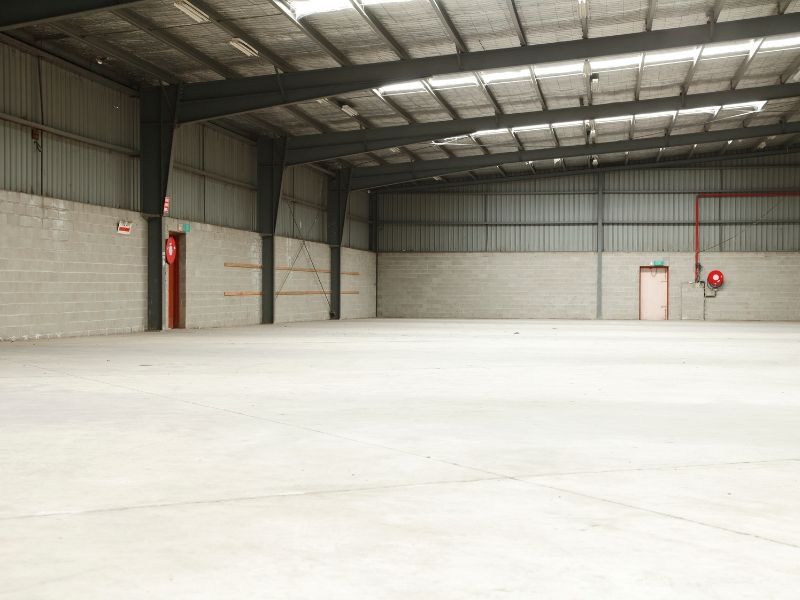
Navigating the complexities of warehouse lease agreements demands careful consideration of these factors. Each type of lease offers its own set of advantages and challenges, and the choice should align with your business strategy, financial capacity, and operational requirements.
Comparative Analysis of Warehouse Lease Rates in Vietnam
Navigating the warehouse leasing landscape in Vietnam requires a comprehensive comparative analysis, considering regional variations, size dynamics, and industry benchmarks. Here’s an in-depth exploration of these critical factors:
Price Variations Across Different Regions in Vietnam:
– Northern Regions: Cities like Hanoi and Hai Phong are key industrial hubs in the northern region. The proximity to major ports and transportation networks often translates to slightly higher warehouse lease rates compared to other regions. Additionally, the demand for storage in these burgeoning cities influences pricing.
– Central Regions: Cities like Da Nang and Hue, strategically positioned in the central region, may experience moderate lease rates. Factors such as infrastructure development and accessibility contribute to the pricing dynamics in this area.
– Southern Regions: Ho Chi Minh City and Binh Duong, situated in the southern economic corridor, often exhibit higher warehouse lease rates. The southern region’s bustling industrial activity, well-established infrastructure, and proximity to ports contribute to the competitive pricing.
Comparison of Warehouse Lease Rates Based on Size and Amenities:
– Small to Medium Warehouses: Smaller warehouses, typically ranging from 5,000 to 20,000 square feet, may command higher per-square-foot lease rates due to limited availability and higher demand in certain regions. Businesses opting for smaller spaces often prioritize accessibility and proximity to urban centers.
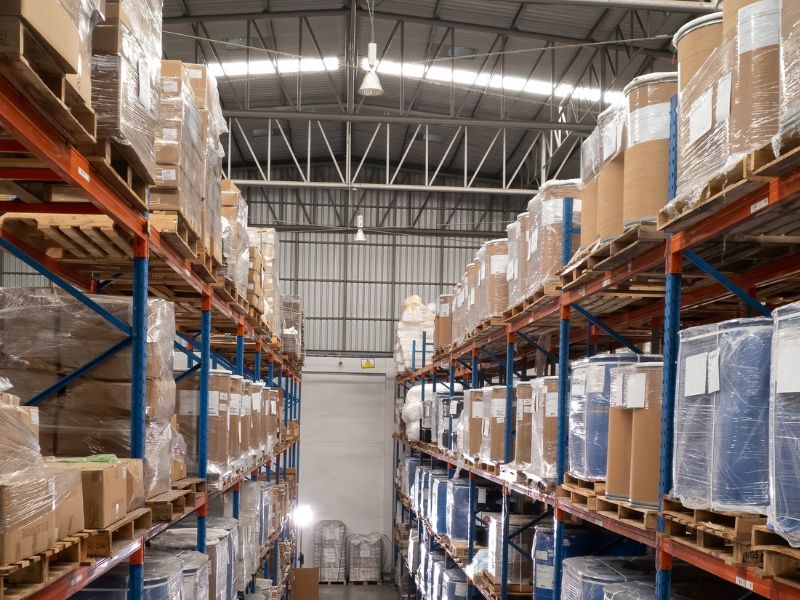
– Large Warehouses: Warehouses exceeding 50,000 square feet often present economies of scale, leading to lower per-square-foot rates. The availability of larger spaces may vary by region, with prime locations offering diverse options for businesses with extensive storage needs.
– Amenities and Specialized Features: Warehouses equipped with advanced amenities, such as temperature control, security systems, and modern infrastructure, generally command higher lease rates. Specialized features tailored to specific industries, such as pharmaceuticals or electronics, can also influence pricing.
Benchmarking Against Industry Standards:
– Comparative Analysis with Similar Industries: Benchmarking against lease rates prevalent in similar industries provides valuable insights. Understanding the standards within your sector allows businesses to negotiate effectively and ensures that they secure competitive rates aligned with industry norms.
– Economic and Industrial Trends: Regularly benchmarking against economic and industrial trends ensures that businesses stay abreast of market dynamics. Monitoring how lease rates evolve in response to economic conditions, regulatory changes, and emerging industry trends enables proactive decision-making.
Budgeting for Warehouse Lease
Leasing a warehouse involves meticulous budgeting to ensure that operational costs align with business objectives. Effective budget planning, identification of hidden costs, and employing negotiation tactics are paramount for securing favorable lease terms. Here’s a comprehensive guide:
Strategies for Effective Budget Planning:
– Define Your Needs: Clearly articulate your price warehouse premises in Vietnam requirements, considering factors like size, location, amenities, and lease duration. Understanding your needs forms the foundation for effective budgeting.
– Research Lease Rates: Conduct thorough market research to understand prevailing lease rates in your desired region and industry. Comparative analysis with similar businesses provides insights into market standards.
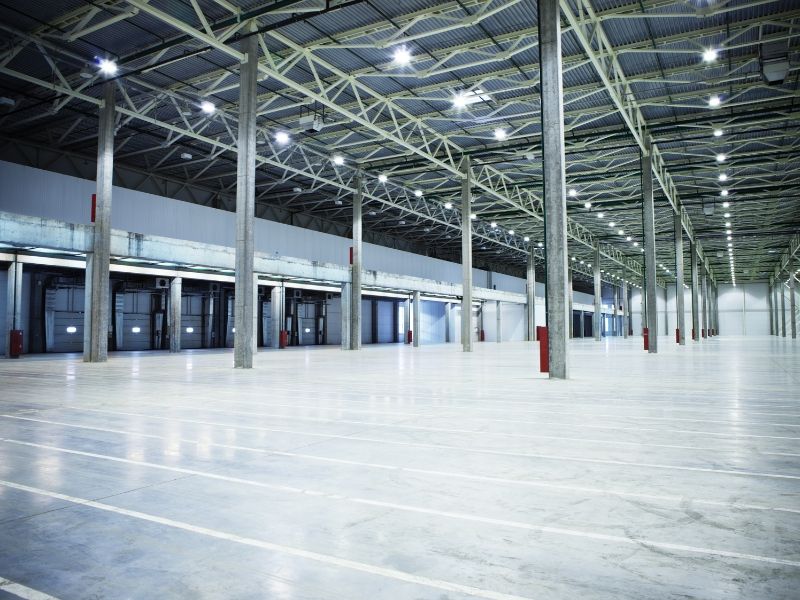
– Include Operational Costs: Factor in additional operational costs beyond the base rent. This may include utilities, maintenance, property taxes, and insurance. Understanding these costs ensures a comprehensive budget plan.
– Contingency Planning: Incorporate a contingency fund into your budget to account for unforeseen circumstances or potential changes in business needs. Having a buffer enhances financial resilience.
Identifying Hidden Costs and Additional Fees:
– Common Hidden Costs:
- Utilities: Ensure clarity on whether utilities are included in the lease or billed separately.
- Maintenance and Repairs: Understand the responsibility for maintenance and repairs, as some leases may place this burden on tenants.
- Common Area Maintenance (CAM) Fees: If applicable, inquire about CAM fees covering shared spaces and amenities.
– Assessing Additional Fees:
- Security Deposits: Understand the terms of the security deposit, including its amount and conditions for return.
- Renewal Fees: Some leases may include fees for renewing the lease at the end of the term.
- Insurance Costs: Clarify whether insurance costs are included or if tenants are responsible for obtaining coverage.
Negotiation Tactics for Favorable Lease Terms:
– Lease Term Flexibility: Negotiate lease terms that align with your business strategy. While longer leases may secure lower rates, ensure flexibility in case of unforeseen changes.
– Rent Escalation Clauses: Clearly understand and negotiate rent escalation clauses. Consider fixed-rate increases or those tied to established indices to avoid unpredictable escalations.
– Tenant Improvement Allowances: Negotiate for tenant improvement allowances to customize the space according to your needs. This can contribute to cost savings in the long run.
– Concessions and Incentives: Inquire about possible concessions or incentives, especially in a competitive market. Landlords may offer rent-free periods or contribute to tenant improvements.
– Review and Clarify All Terms: Thoroughly review all terms and conditions of the lease. Seek legal advice if necessary to ensure that the agreement aligns with your understanding and objectives.
Savills Industrial – Industrial Real Estate Leasing Service
With a robust track record that spans markets and transcends challenges, Savills Industrial is synonymous with success. Our portfolio is a testament to our ability to navigate complexities and deliver results that exceed expectations. From optimizing lease terms to providing strategic insights, we leverage our industry expertise to empower businesses with a competitive edge.
Savills’ industrial real estate experts possess an in-depth understanding of regional dynamics, market trends, and industry benchmarks. This knowledge, combined with a global network that fosters innovation, positions us as a reliable partner for businesses seeking not just warehouses, but strategic assets that drive success.
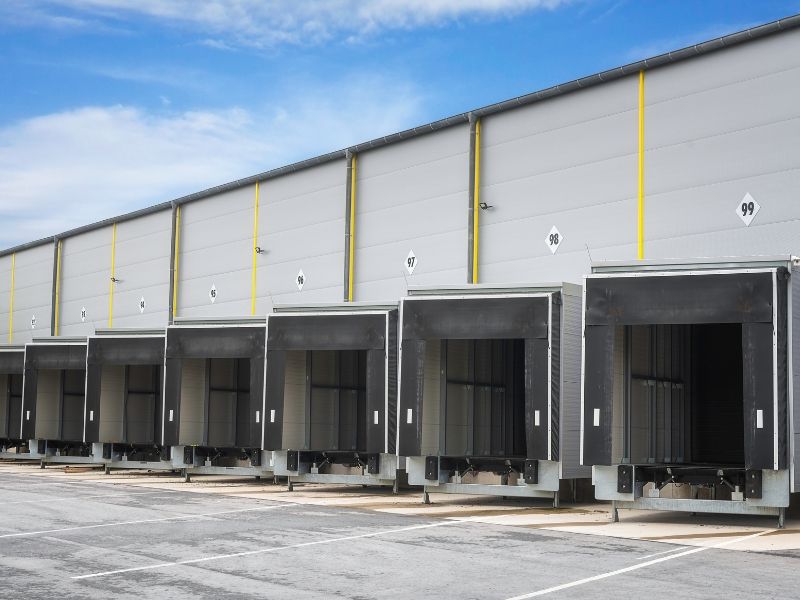
As you embark on the journey of industrial real estate leasing, the choice of a trusted partner is pivotal. Savills Industrial invites businesses to leverage our services and experience the difference of working with a team that goes beyond conventional real estate solutions.
Contact Savills Industrial today to unlock optimal warehouse leasing solutions. Whether you are a start-up exploring small warehouse for lease in Vietnam, or an established enterprise seeking to expand your footprint, our experts are ready to understand your unique needs and guide you towards success.



